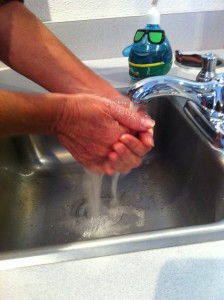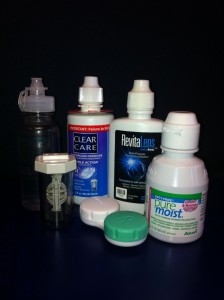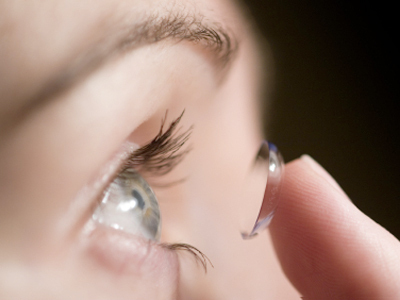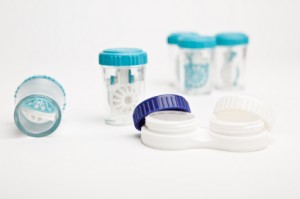Contact lens safety depends on the wearer following the prescribed lens wear schedule and cleaning regime.
The Centers for Disease Control and Prevention (CDC) emphasizes three key areas to healthy contact lens wear:
1. Healthy contact lens hygiene habits
 Always wash your hands with soap and water before inserting and removing the contact lenses
Always wash your hands with soap and water before inserting and removing the contact lenses
Replace your contact case at least every 3 months.
2. Proper use, care and storage of contact lenses and supplies
Don’t sleep in your contact lenses. Sleeping in contact lenses increases the chance of an eye infection 6 to 8 times.
Replace your contact lenses as prescribed
Rinse out your contact lens case every morning, turn upside down and allow to air dry.

3. Regular visits to the optometrist
Contact lens materials and solutions change as do our eyes. To maintain good vision and healthy eyes have an eye examination every year.
Established contact lens wearers tend to have higher levels of case contamination compared to new contact lens wearers. Poor contact lens habits develop over time, don’t become compliant, remember the details of good contact lens care to ensure your continued successful contact lens use.

